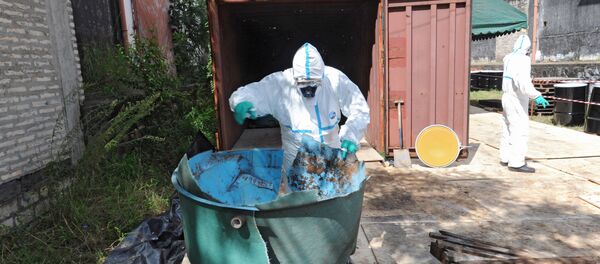For example, last year Trinity County had an estimated population of about 13,600; at the same time there were 18,439 prescriptions for various opioid painkillers.
Opioid abuse accounts for 183,000 deaths in California since 1999, the report says. This deadly addiction has a very sharp geographical dimension: most opioid abusers live in rural and semi-rural areas.
A Centers for Disease Control and Prevention study released in July identified some of the characteristics associated with higher regional amounts of opioid prescriptions: "a larger percentage of non-Hispanic whites; higher rates of uninsured and Medicaid enrollment; lower educational attainment; higher rates of unemployment; [small-town] status; more dentists and physicians per capita; a higher prevalence of diagnosed diabetes, arthritis, and disability; and higher suicide rates."
Nationwide, the use of opioids is second only to marijuana in terms of total users. According to the Centers for Disease Control 40 people die of opioid overdoses every day. Since 1999, the number of prescriptions has quadrupled, the July report says.
US President Donald Trump's administration has allocated $485 million in grants to states to fight opioid abuse. Of that, $45 million goes to California to improve access to medication-assisted treatment for opioid addicts in underserved populations.



